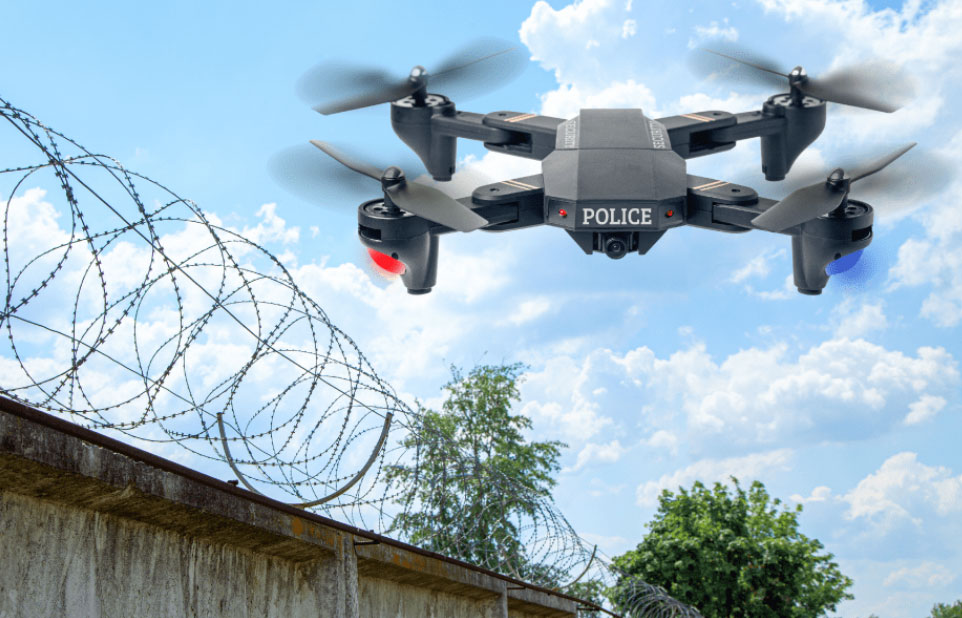Perimeter security is becoming an increasing reason for concern in the industrial and commercial world since a security breach can have a long-lasting negative impact on the affected entity. From warehouses to data centers, construction sites, and mines, ensuring 24×7 security might be more complex than you think. Employing humans for this is less practical because of the following reasons:
- Labor is expensive and hence ensuring 24×7 security is challenging. Also, securing a large area requires many personnel.
- Humans are prone to errors and might miss certain undesired activities happening in a secured area.
This necessitates a more effective solution that will accurately detect thefts and intrusions. Camera-enabled smart surveillance and perimeter security solutions can ensure automated surveillance during the day and night.
In this article, let us discover how embedded cameras play a part in making surveillance systems smart, thereby ensuring foolproof perimeter security in secured buildings and open spaces.
We will learn:
- What smart surveillance systems are and their benefits.
- Different types of camera-enabled surveillance systems.
- How cameras and artificial intelligence enable perimeter security systems to be truly smart.
What is a Smart Surveillance System?
A smart surveillance system is a network of devices that uses a combination of image sensors, thermal sensing, and artificial intelligence to detect the presence of unwanted people and objects in a restricted zone.
These spaces can be:
- Government buildings
- Banks and financial institutions
- Factories and manufacturing plants
- Warehouses
- Mines and quarries
- Military bases and border control stations
- Power and nuclear plants
- Coastal lines
Depending on the nature and size of the zone, anywhere between 3 to 50+ surveillance cameras might have to be used.
But is surveillance done only using static cameras? Let’s find out in the next section.
Types of Surveillance and Perimeter Security Systems
While surveillance cameras are mostly mounted on poles or walls, they are not the only type of perimeter security systems in use today. Smart surveillance today is also performed using robots and even drones.
Perimeter security robots: With advancements in robotics, embedded vision, and artificial intelligence, there are now robots that can move around a secured space to identify any potential threats automatically. These robots are called perimeter robots or patrol robots. These mobile robots can be used to monitor vast areas – from large warehouses to stadiums and even streets. They can navigate autonomously with the help of 2D and 3D cameras, making them truly autonomous.
This is critical for perimeter security, especially at night when security staff might not be available for manned surveillance. Robots make it possible to mimic a human security professional with their ability to move around and cover the entirety of a secured zone.
Drones for perimeter security: Drones are more effective than robots for aerial surveillance since they can fly over a zone for guided or automated monitoring. They can also reach areas robots might not be able to. Military and police forces widely use drones to safeguard their operation centers and security bases. With high-resolution cameras, drones can cover a large distance around the perimeter, ensuring that a threat is identified before it approaches the area.
Advantages of Smart Perimeter Security Systems
In addition to automating perimeter security, smart surveillance systems offer the following advantages:
- They can work in adverse environmental conditions 24×7 without any interruption.
- Using the infrared spectrum, they can spot things that the human eye cannot.
- Surveillance cameras can be used for collecting perimeter data over a period. This data can be used for different types of analyses.
- With minimal operational expenses, smart surveillance systems significantly reduce the cost of security over a long period.
- Some perimeter security systems like drones can access areas that humans might not be able to – such as certain areas of nuclear power plants and mines.
- Humans rely on binoculars for long-distance surveillance. But camera-based systems make it possible to monitor a wider area, at long distances.
Link to full TechNexion Article

